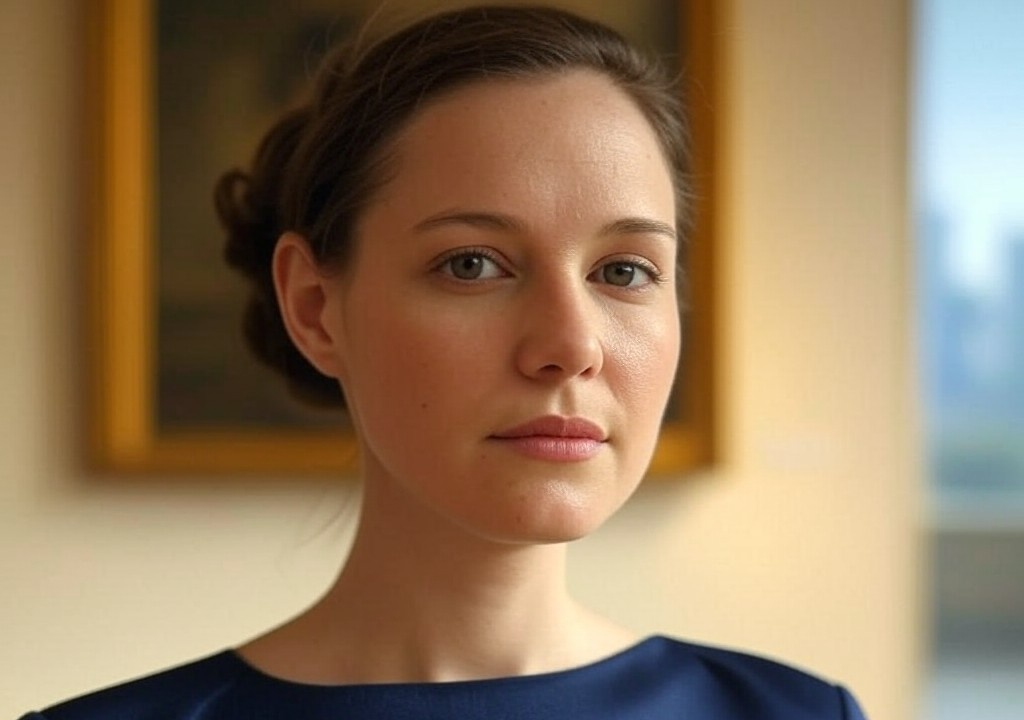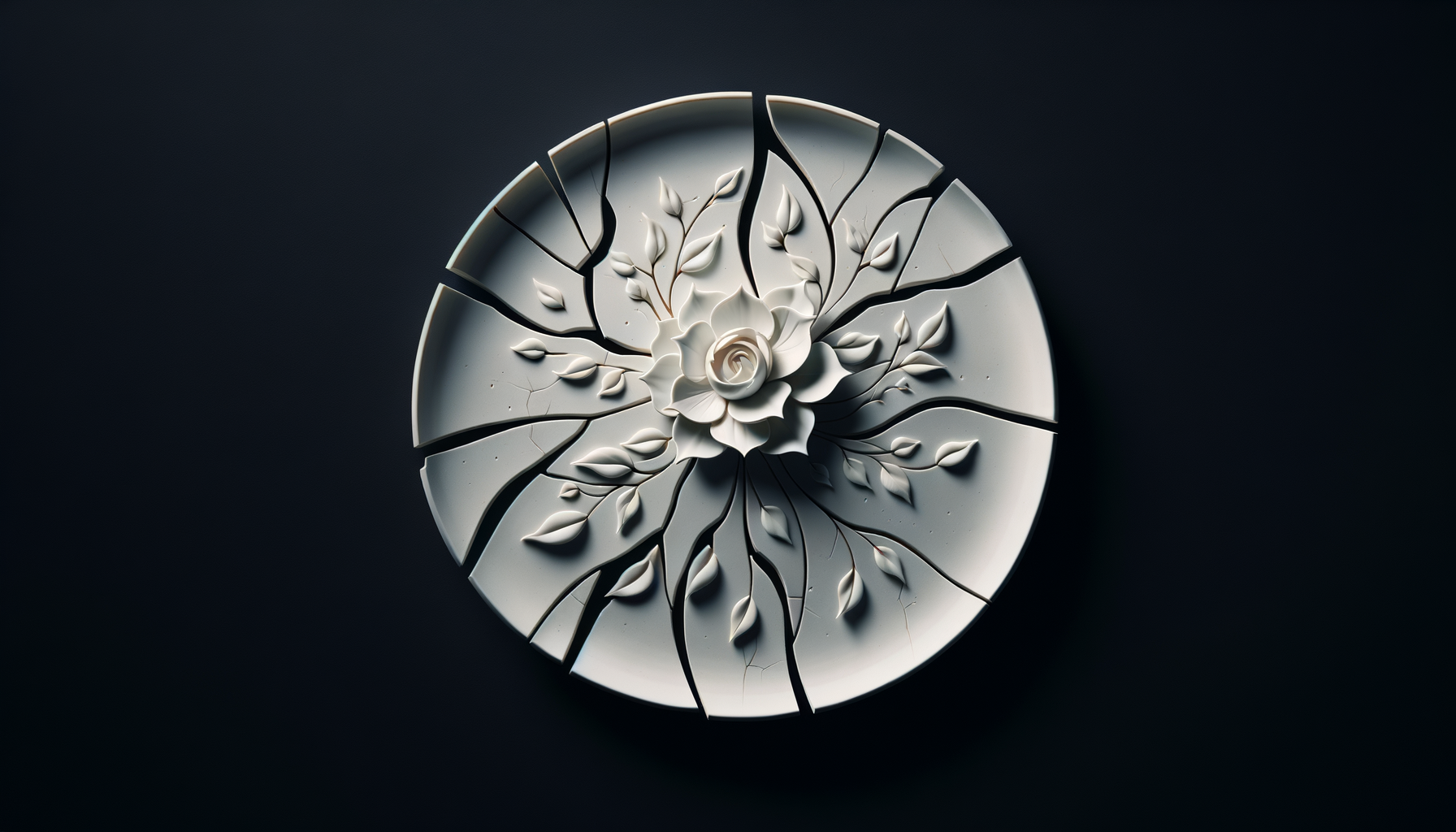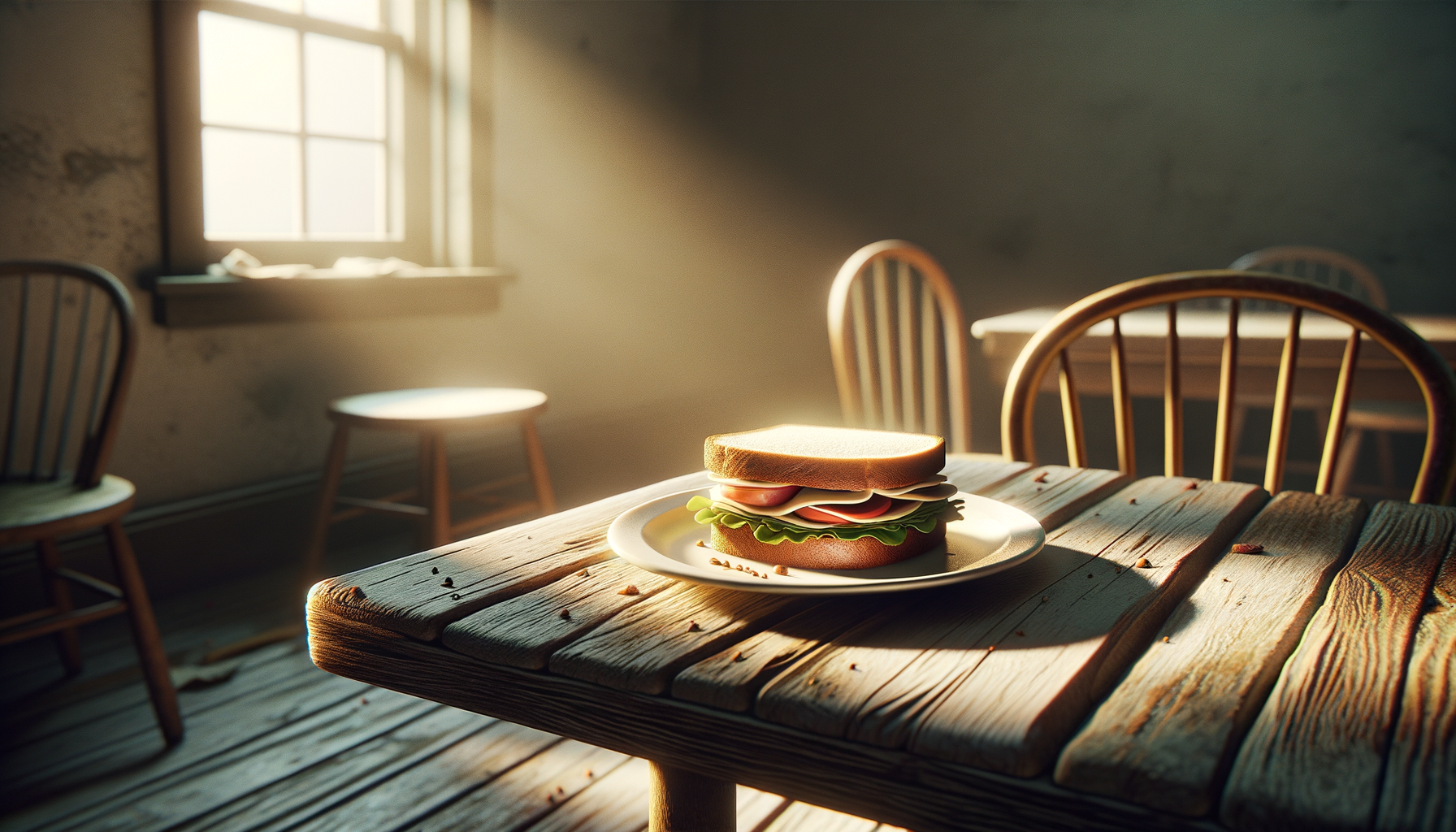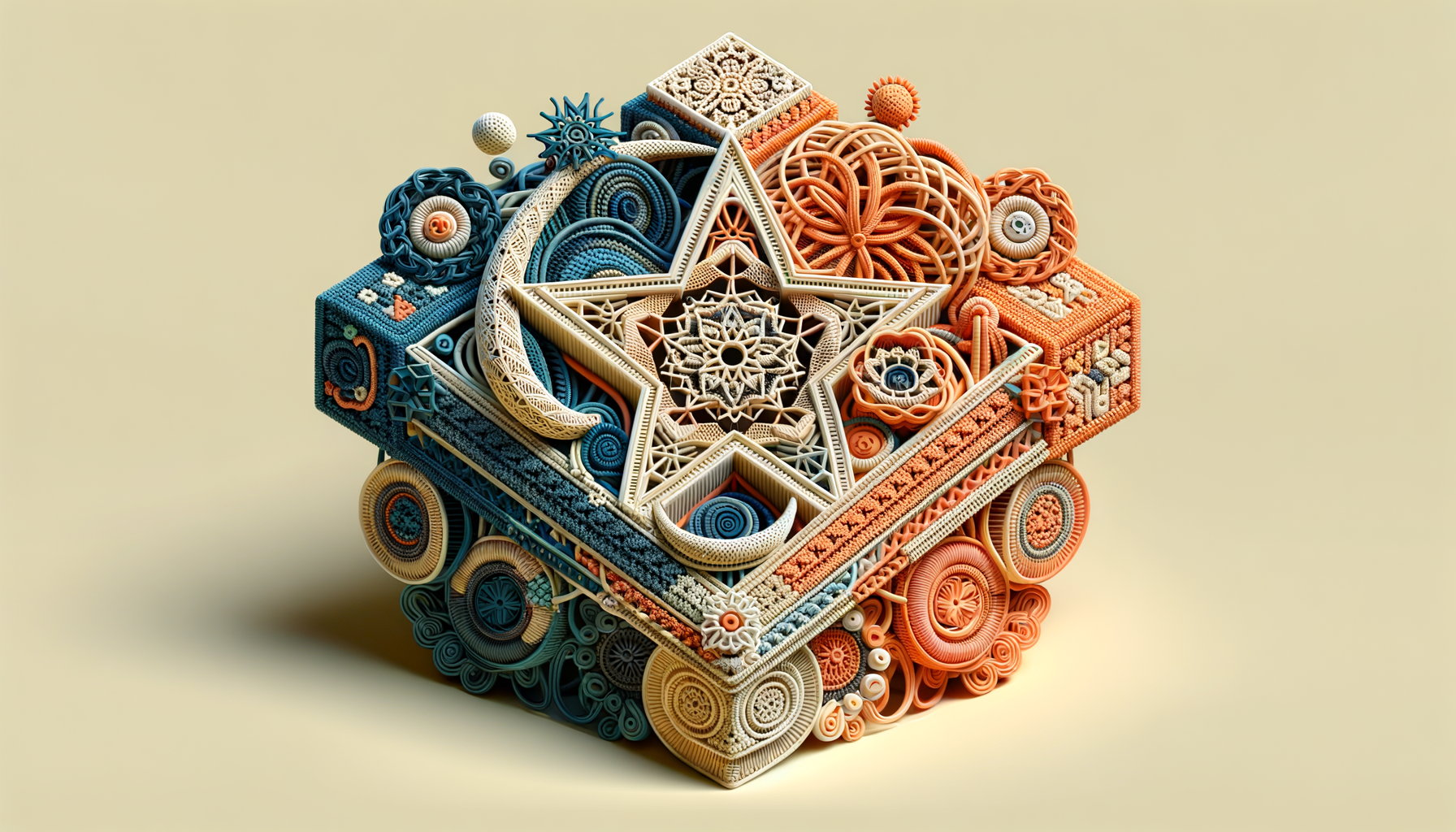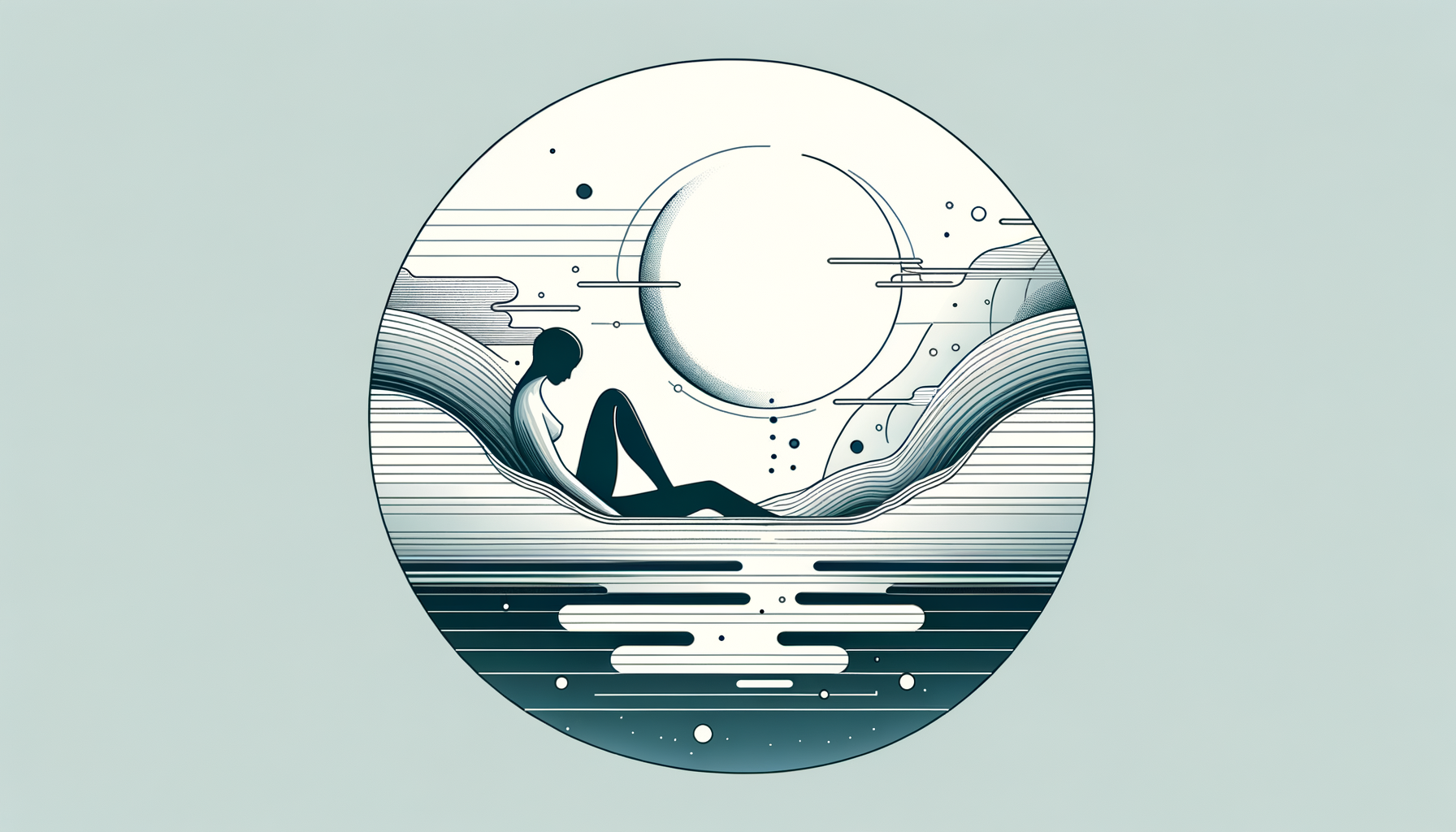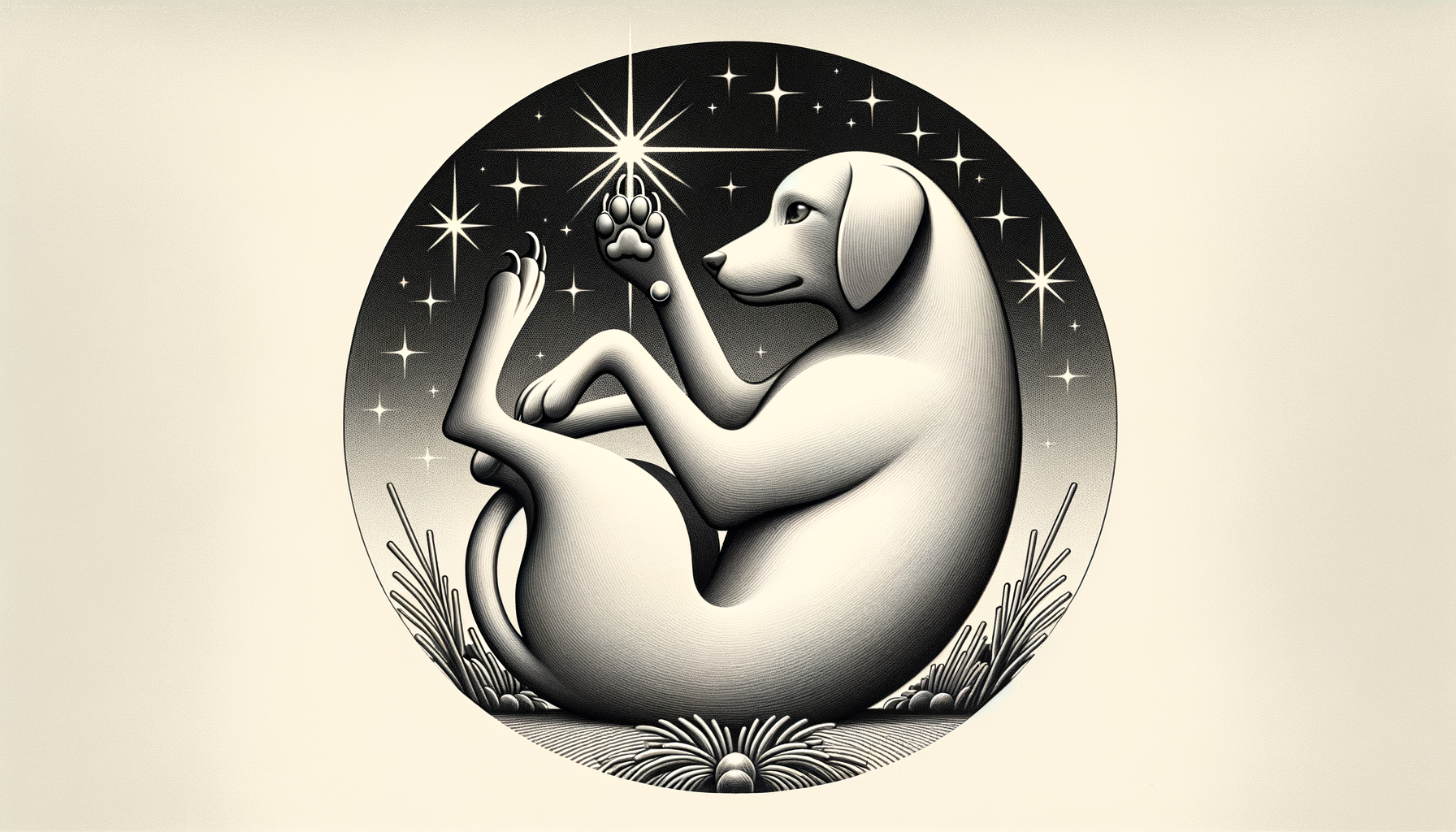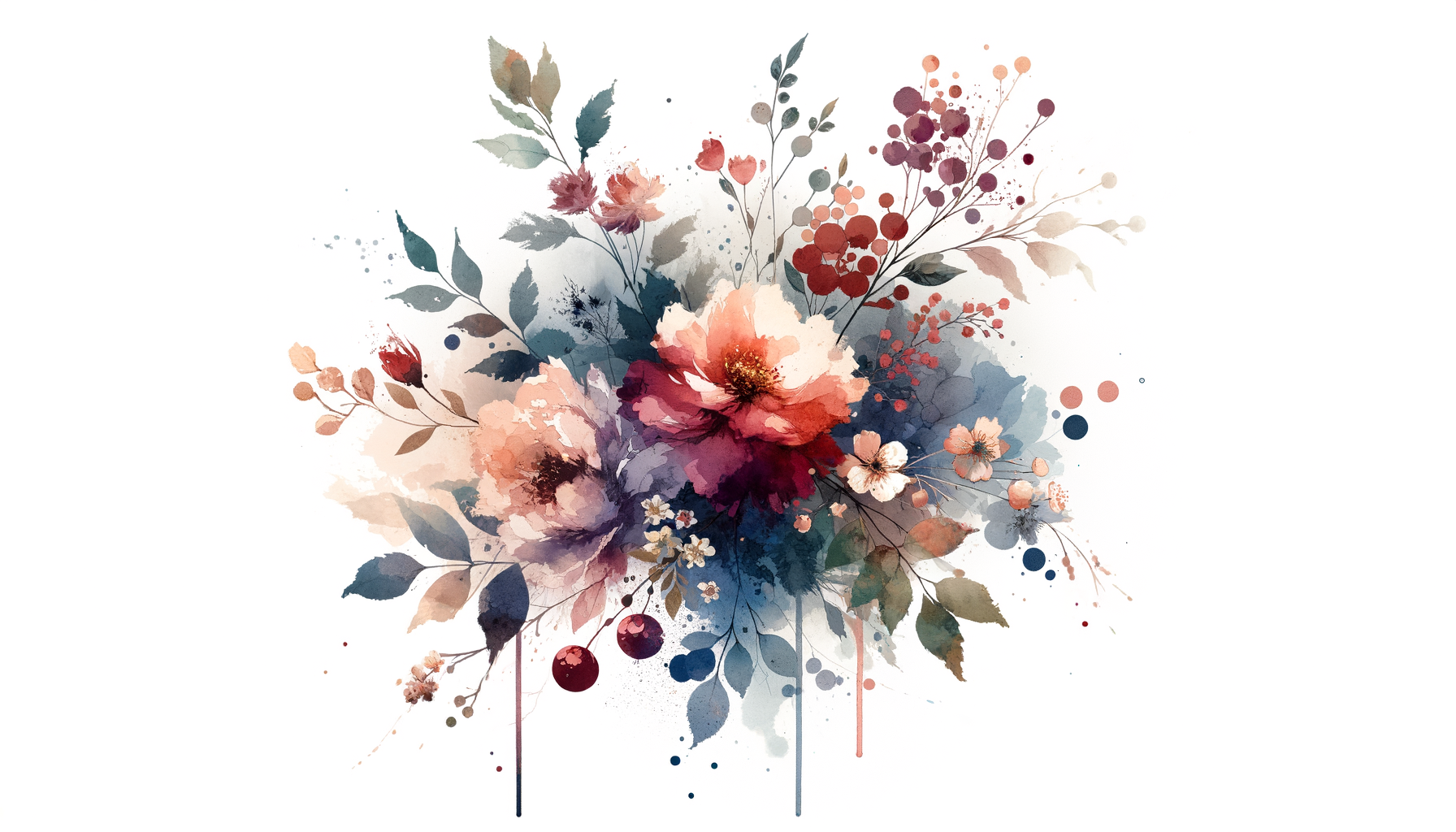"Some people’s first big failure looks like a failed test or a bad breakup. Mine was a sculpture. A very bad sculpture. But isn’t that just the Upper East Side childhood experience in a nutshell? Your failures have to be as pretentious as your upbringing. And believe me, there’s nothing quite as humbling as watching something collapse—literally, in the case of my tragic clay monstrosity—while a room of judgmental ten-year-olds “tsk-tsk” with the gravitas of wannabe art critics.
This was my introduction to failure: public, messy, and coated in kiln dust. And, looking back, I wouldn’t change a single thing about it. Because just like dating disasters or relationships gone up in flames, that cracked lump of clay taught me lessons I carry to this day. Let’s break it down into its shards, shall we?"
Chapter One: When You Look at It Long Enough, Even a Disaster Has Charm
Picture this: I’m ten years old, standing in front of my prep school after-school pottery class, presenting a “sculpture” that was supposed to be a Venus de Milo-inspired masterpiece. What stood there instead was… well, a lopsided blob vaguely resembling a melting snowman. You know that phase you go through on dating apps where everyone’s bio says they’re “an entrepreneur,” but all signs point to a “business” that started three weeks ago in a garage? That was my sculpture. Full of ambition and zero execution.
When the entire thing spontaneously cracked during my presentation—a loud, violent CRACK echoing throughout the room—I burst into tears. The teacher tried to console me, but her half-hearted, “it has… character,” was about as encouraging as someone texting “u good?” after ghosting you for two weeks. I left that experience convinced I’d never make, create, or contribute anything worthwhile again.
Of course, years later, as I curated my first art exhibition, I realized something profound: Sometimes, failure is what distinguishes you. People still talk about my sad Venus de Milo, not because it was beautiful, but because it was bold. And boldness, no matter the cracks, stays with you. Take this to heart: Even your relationship failures—those painfully awkward breakups or regrettable late-night texts—are proof that you put yourself out there. And that? That takes courage.
Chapter Two: Why the Worst Feedback Has the Most Potential
After my sculpture debacle, I sought advice from my dad—the curator. Surely, he’d have some profound nugget of wisdom to soothe my tender ego. “Well, sweetheart,” he said with his characteristic bluntness. “Critics rarely hate things that make no impression. They hated your work because it made them feel something.”
At the time, I wanted to scream. Feel what? Revulsion? But now, I understand what he meant. When we risk vulnerability, whether through art or in love, we risk rejection because people actually care about what we’ve put out there. A quiet indifference is scarier than even the harshest critique.
Translate this to relationships: If you’re afraid to voice needs or share feelings because it might lead to conflict, consider the alternative. A conflict can be worked through. Indifference? Indifference is where connections die. Failure in love—saying the wrong thing, going out on a limb and falling—is often a byproduct of trying. And trying, my friends, is what we’re here to do.
So the next time you’re wondering if you should bring up the “what are we?” conversation, stop fearing their reaction and start fearing the silence of never knowing. Sometimes, the fallout of being bold is messy, but it always beats wondering.
Chapter Three: The Art of Picking Up the Pieces
Here’s what no one tells you about failure: There’s a weird beauty in picking yourself up from the floor. For instance, when I eventually returned to pottery—to avenge my shattered Venus, naturally—I learned how to turn mistakes into design choices. Those uneven lines? We’ll call them “intentional texture.” That weird indent? “Creative asymmetry.” It takes the brainpower of an art dealer trying to sell a crumpled napkin as a Pollock, but you get there.
The same trick applies post-breakup. We obsess over everything that goes wrong—why the relationship cracked in the proverbial kiln—and sometimes forget there’s beauty in simply moving on. In the spirit of pottery analogy overload, breakups can be like the Japanese art of Kintsugi: repairing cracks in pottery with gold lacquer to highlight, not hide, the scars. Which is to say: Even your worst heartbreaks can glitter if you let them.
For me, I realized a long-term relationship I adored had run its course when we pigeonholed each other: He was the pragmatic one. I was the “dreamer.” And while opposites attract, the polarity eventually made us magnets heading in the wrong direction. It hurt, badly. But as I made sense of those fractures, I discovered how incredibly worthy I was (gold-colored lacquer!) when I started dreaming for myself again.
Chapter Four: Five Lessons My Sculpture (and Dating Failures) Have Taught Me About Resilience
Fast forward to today, and let’s boil down those cracked clay epiphanies into something actionable. Here are five lessons to carry with you, whether your current struggle is a painful breakup, a bad first date, or a life chapter that feels like a lopsided art project:
-
Joyful Boldness Is Always Worth It. Lean into your bad ideas and impulsive leaps of faith—they make better stories than playing it safe.
-
Even the Broken Pieces Have Context. When something fails, study it before smashing it altogether. Does it remind you of something else? Show you something you didn’t expect? Let failure guide you to a new strength.
-
Rejection Is Better Than Disinterest. Say what you mean. Be too much. Ask the hard questions. At least people will know where you stand.
-
Find the Humor—and Hang On. If you can laugh at your own cracks (literal or metaphorical), you might just find others laughing with you. And let humor be your glue.
-
Build Again, Differently. Every potter, once they’ve learned from their first misshapen pot, creates stronger, better vessels later. Relationships are the same. Learn the art of recreating yourself after failure.
The Final Touch: Failing Beautifully
I don’t still sculpt. Let me clarify: That is not where this story is going. My life after that first big failure has been full of successes, sure, but also plenty of similarly cathartic crash-and-burn moments. And while pottery never claimed my heart, people did. Curating human connection is its own kind of delicate art, and I’m still figuring it out day by day.
So, my dear reader, the next time you’re grappling with a shattered heart, an awkward date, or even just the sneaking feeling that you don't have it all together, remember this: Failure is never the finale. It’s just the first draft of something better.
And who knows—maybe you’ll leave with something truly unexpected. Like a broken Venus sculpture… or a stronger, braver version of yourself.


